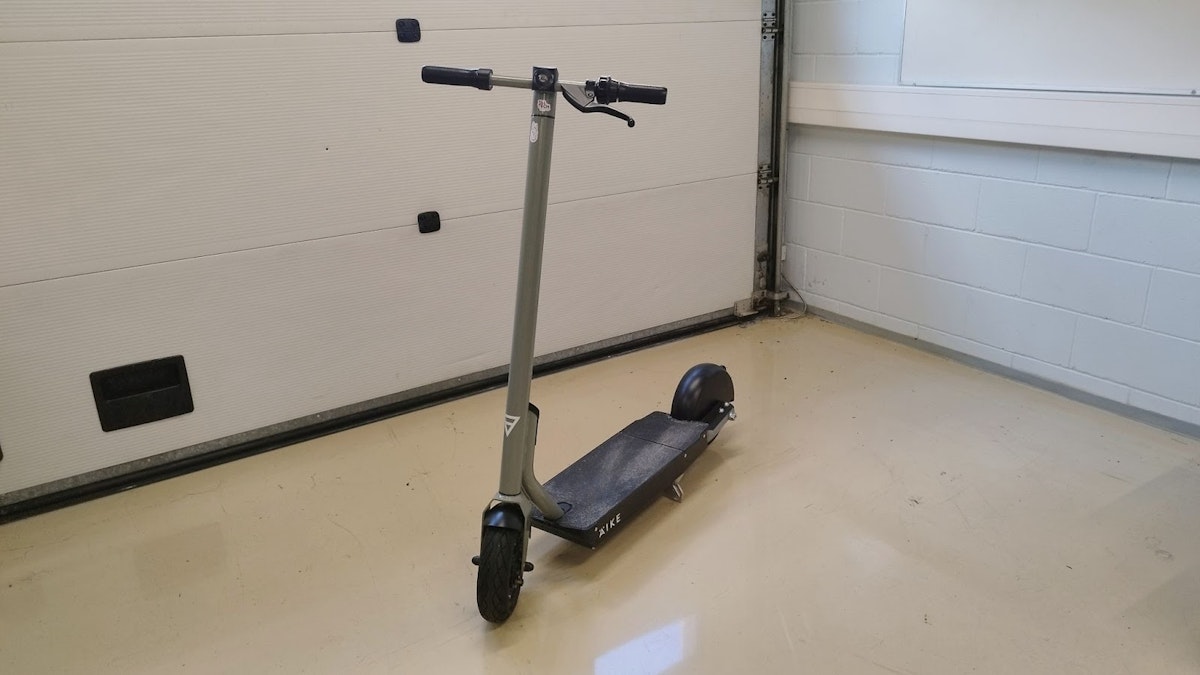Table of contents
Browse categories
Browse authors
 AB
ABAlberto Boffi
 AL
ALAlessia Longo
 AH
AHAl Hoge
 AB
ABAljaž Blažun
 BJ
BJBernard Jerman
 BČ
BČBojan Čontala
 CF
CFCarsten Frederiksen
 CS
CSCarsten Stjernfelt
 DC
DCDaniel Colmenares
 DF
DFDino Florjančič
 EB
EBEmanuele Burgognoni
 EK
EKEva Kalšek
 FB
FBFranck Beranger
 GR
GRGabriele Ribichini
Glacier Chen
 GS
GSGrant Maloy Smith
 HB
HBHelmut Behmüller
 IB
IBIza Burnik
 JO
JOJaka Ogorevc
 JR
JRJake Rosenthal
 JS
JSJernej Sirk
 JM
JMJohn Miller
 KM
KMKarla Yera Morales
 KD
KDKayla Day
 KS
KSKonrad Schweiger
Leslie Wang
 LS
LSLoïc Siret
 LJ
LJLuka Jerman
 MB
MBMarco Behmer
 MR
MRMarco Ribichini
 ML
MLMatic Lebar
 MS
MSMatjaž Strniša
 ME
MEMatthew Engquist
 ME
MEMichael Elmerick
 NP
NPNicolas Phan
 OM
OMOwen Maginity
 PF
PFPatrick Fu
 PR
PRPrimož Rome
 RM
RMRok Mesar
 RS
RSRupert Schwarz
 SA
SASamuele Ardizio
 SK
SKSimon Kodrič
 SG
SGSøren Linnet Gjelstrup
 TH
THThorsten Hartleb
 TV
TVTirin Varghese
 UK
UKUrban Kuhar
Valentino Pagliara
 VS
VSVid Selič
 WK
WKWill Kooiker
Optimizing Electric Scooter BLDC Motor Efficiency Using Dewesoft Power Analyzer
Diana Belolipetskaja
Tallinn University of Technology
November 20, 2025
Electric scooters are gaining popularity as a sustainable and efficient option for urban transportation. To identify the optimal voltage operating range and maximize their performance, it’s critical to understand how BLDC motor output varies with supply voltage. Dewesoft tools helped pinpoint the optimal voltage range for peak motor efficiency.

Brushless DC (BLDC) motors are popular in modern devices due to their high efficiency, precise control, and compact design. Engineers use BLDC motors in electric vehicles such as scooters and drones. They are also in computer cooling fans, industrial automation, and HVAC systems.
A BLDC motor is an electric motor that operates using direct current (DC) electricity but without the mechanical brushes and commutator found in traditional brushed motors. Instead of using brushes to switch current direction in the motor windings, a BLDC motor uses an electronic controller.
A Brushless DC (BLDC) motor doesn't rely on the principle of magnetic induction for its core operation; instead, it uses the electromagnetic interaction between a rotating permanent magnet rotor and an electronically switched stator's magnetic field.
The rotor typically contains permanent magnets, while the stator has windings. The lack of brushes reduces friction, wear, and maintenance needs, making BLDC motors more efficient, longer-lasting, and quieter.
Background
Tallinn University of Technology (TalTech) is a research-based university specializing in engineering, business, public administration, and maritime affairs. The university has nearly 10,000 enrolled students, approximately 11% of whom come from more than 100 different countries worldwide.
The Mechatronics and Autonomous Systems Research Group at TalTech performs various research and study projects. The primary focus is on developing a digital twin of the propulsion drive system for an autonomous electric vehicle.
The global adoption of electric vehicles has been accelerating in recent years, with a growing shift toward more sustainable modes of transportation. Electric scooters, also known as e-scooters, have emerged as a popular choice for urban mobility due to their affordability, convenience, and low environmental impact.
A recent market research by Grand View Research has valued the global electric scooter market at approximately USD 37.07 billion in 2023. The group projects this to grow to USD 78.65 billion by 2030, reflecting a compound annual growth rate of 9.9% [1].
The energy consumption of a single e-scooter is relatively small compared to that of an electric car, a household, or urban infrastructure. However, the aggregate energy demand becomes significant when multiplied by the rapidly increasing number of units in cities worldwide.
As a result, even small gains in energy efficiency at the motor level can lead to meaningful reductions in overall power consumption on a global scale. This fact underscores the importance of optimizing the performance of small electric motors in support of broader energy sustainability efforts.
Compact and efficient Brushless DC (BLDC) motors power e-scooters. These require precise voltage and current control to operate effectively. Their efficiency heavily depends on the quality and stability of their power supply, typically lithium-ion battery packs.
The output voltage level from the battery can be affected by the battery's state of charge, temperature, and load on the motor. Those changes in voltage level can affect energy-efficient consumption, torque delivery, and overall user experience.
The Dewesoft data acquisition system is well-suited to investigate how the voltage level affects the e-scooter BLDC motor performance. It offers synchronized, high-resolution voltage, current, and torque measurements that enable in-depth analysis of motor behavior.
Objective
I aim to evaluate how variations in supply voltage affect the maximum mechanical output power of a typical electric scooter BLDC motor. By analyzing energy consumption and torque delivery across different input voltages, engineers can determine the optimal voltage operating range to enhance efficiency and prolong battery life.
Testing and data acquisition equipment
I built a compact test bench to evaluate the performance of a BLDC motor under various operating conditions. The test setup consists of a BLDC motor coupled to a magnetic particle brake, used as a variable load, and multiple sensors for capturing key electrical and mechanical parameters – see Figure 2.
The system enables precise control and measurement of input voltage, current, torque, and rotational speed. The list of components used in the setup is as follows:
Data Acquisition System and Power Analyzer
SIRIUSi-4xHV-4xLV – a modular high-speed data acquisition system and power analyzer with 4x HV (high voltage), 4x LV (low voltage) analog inputs.
DEWE-43A – 8-Channel USB Data Acquisition (DAQ) system for additional analog input channels and digital signals.
Synchronization cable – for precise timing between systems.
Sensors and Transducers
CP30 Current Clamp (100 mV/A) – For measuring supply current.
3x PR200 Current Clamps (10 mV/A) – For measuring phase currents of the motor.
DYN-200 Torque Sensor – 0–5 V analog output, 30 Nm torque range.
DYN-200 Speed Output – Square wave output signal, 6 V amplitude (for RPM measurement).
Motor and Load
BLDC Scooter Motor – 1 kW, 48 V rated.
Motor Controller – ASI BAC555.
Load Machine – 25 Nm magnetic particle brake for adjustable mechanical loading.
Data Acquisition and Power Analysis Software
DewesoftX Professional – For synchronized data acquisition, visualization, and analysis.
DewesoftX Power Analyzer module – a DewesoftX software module for comprehensive power analysis with more than 100 parameters based on voltage and current for analyzing the motor's power consumption.
Methodology
The main objective of this test was to observe how a typical BLDC motor used in an electric scooter responds to variations in supply voltage. To conduct this experiment, I maintained the motor at a constant speed of 400 RPM. I then gradually applied a variable mechanical load to the motor until it could no longer keep the set speed and stalled.
Following the stall, I progressively reduced the load until the motor resumed stable operation. I repeated this procedure for 15 different voltage levels, starting from 36 V and increasing by 1 V increments up to 50 V. Notably, the motor would not initiate operation below 36 V or above 50 V, making these the effective lower and upper bounds for the test.
I captured all measurements using the DewesoftX software platform. The recorder captured the following data:
Torque
Recorded directly from the sensor connected to the DEWE-43A module.
Rotational speed
Determined using an angular sensor algorithm applied to a square wave signal.
Input power
Computed through the Dewesoft Power Analyzer plugin, which takes into account motor current and voltage consumption.
Output power
Calculated by multiplying torque by angular velocity.
Efficiency
Calculated as the ratio of output power to input power, expressed as a percentage.
In addition to the graphical data displays, I configured six digital meters to show real-time values for torque, speed, input and output power, efficiency, and the supply voltage – see Figures 3 and 4. This setup provided a comprehensive and synchronized view of the motor’s performance characteristics under different voltage conditions.
Test results and analysis
Figure 5 shows the results of the voltage sweep test illustrated by the graph titled "Max Mechanical Output Power vs Supply Voltage." The graph shows a generally positive correlation between the supply voltage and the maximum mechanical output power of the BLDC motor, particularly in the 36 V to 45 V range.
At the lowest tested voltage (36 V), the motor exhibited significantly reduced power output. It reached a maximum of approximately 472 W. As the supply voltage increased, the output power rose, peaking at over 560 W around the 45 V to 46 V range. This improvement is likely due to more stable current delivery and improved electromagnetic performance within the motor.
Interestingly, I observed fluctuations beyond 45 V, where the output power declined slightly or varied irregularly. I may attribute these variations to the controller’s internal voltage regulation, thermal limitations, or inherent nonlinearities in motor performance at higher voltage inputs.
The highest power output occurred at 45 V. This indicates that this voltage is the optimal operating point for maximizing mechanical power while avoiding the inefficiencies seen at lower voltages and the potential instability at higher voltages. Overall, the results confirm that voltage level plays a critical role in power performance, allowing engineers to fine-tune it for energy optimization in electric scooters.
Conclusion
My study demonstrates that the supply voltage has a significant influence on the maximum mechanical output power of a BLDC motor used in electric scooters. By systematically varying the input voltage and recording the resulting power output, it was possible to identify an optimal voltage range, specifically around 45 V, where the motor achieved its highest efficiency and output.
Operating below this range resulted in a sharp decrease in output power, requiring higher currents and leading to energy inefficiencies. Meanwhile, supply voltages above the optimal point introduced irregularities and potential instability, likely due to limitations in the controller and system.
The findings from this test can be instrumental for electric scooter manufacturers and system designers aiming to optimize battery management systems, controller algorithms, and overall energy usage. Even minor individual motor-level improvements can contribute to substantial global energy savings when scaled across the millions of electric scooters.
The Dewesoft equipment used in this analysis proved well-suited for the task. Its synchronized high-resolution acquisition and real-time analysis capabilities provided precise and reliable data, making it a valuable tool for evaluating and optimizing the performance of electric drive systems.
References
Grand View Research. Electric Scooters Market Size, Share & Trends Analysis Report by Product, by Battery, by Voltage, by Region, and Segment Forecasts, 2023 - 2030.